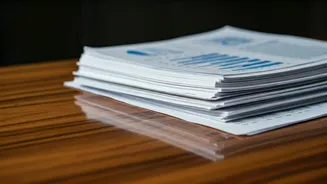Lithium-Sulfur Advancements
Lithium-sulfur batteries, viewed as a promising alternative to lithium-ion batteries, have presented numerous challenges to overcome. Scientists have been
diligently working to enhance these batteries, and a major hurdle has been the issue of capacity fade. The 'shuttle effect,' where polysulfides dissolve and migrate, reducing the battery's energy storage, has been a significant problem. A two-level strategy has been developed to combat the challenges. This involves the application of a thin protective layer that addresses the issues of capacity and life cycle, promising longer lifespans for batteries. With this protective layer, batteries will be able to store more energy, be more efficient, and last longer, ultimately leading to higher efficiency and sustainability. This new research offers a beacon of hope for achieving more efficient batteries.
Sodium-Ion Battery Challenges
Sodium-ion batteries also hold significant potential, although they too present their own set of difficulties. A key issue hindering their performance has been the loss of voltage over time. Research has revealed that this voltage loss is primarily due to oxygen trapping within the battery's structure. Trapped oxygen causes a decrease in the battery's electrical output. Scientists have been focusing on the internal dynamics to combat this. The identification of oxygen's role is a crucial step towards devising solutions. Preventing oxygen from trapping within the battery could lead to a significant boost in performance, resulting in longer battery life and improved efficiency. As researchers continue their exploration, sodium-ion batteries are anticipated to become a robust and cost-effective energy solution for a variety of applications.














